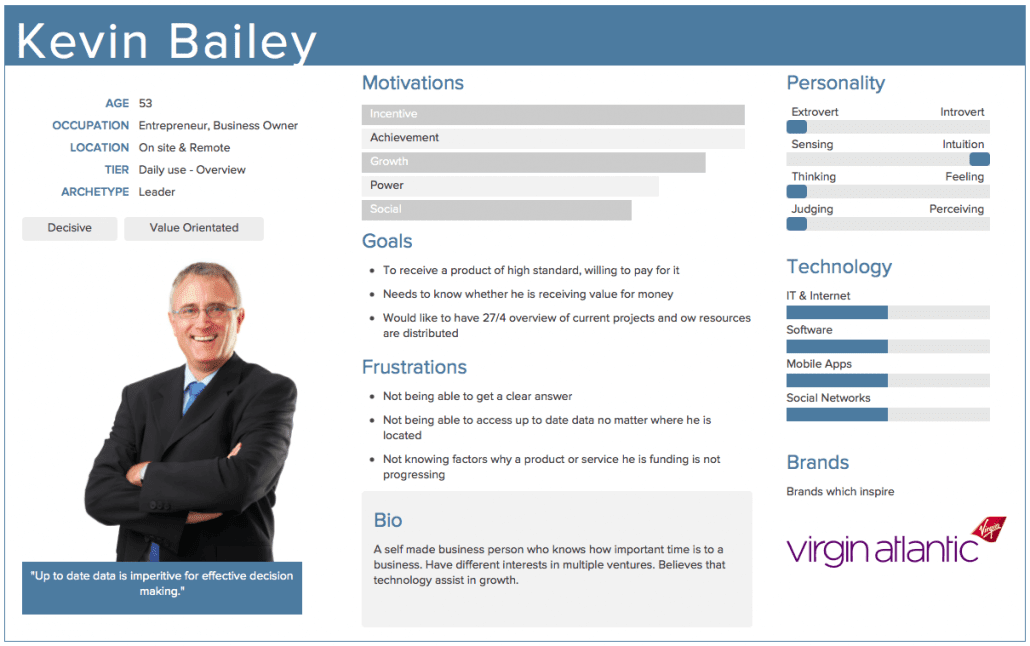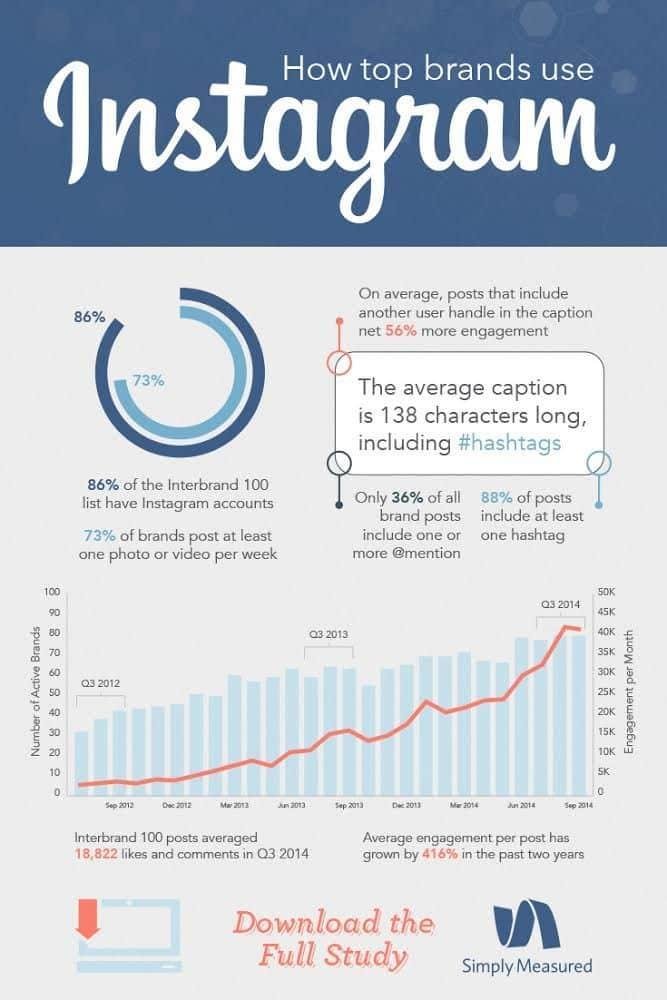It’s no surprise that the better you know your customers’ preferences, the better off your business will be. To address the highly competitive and dynamic nature of today’s marketplace, businesses need to think smaller instead of bigger. Yes, you read that right! Here is where Micro-Marketing Campaign comes into the picture.
A micro-marketing strategy specifically addresses a niche market within your larger audience. With a robust micro-marketing strategy, you can drill down into specific pockets of your target audience and promote your products to them.
Here’s everything you need to know about building a scalable micro-marketing strategy for your online business.
Table of Contents
ToggleWhat is micro-marketing?
In simple words, micro-marketing is a strategy used to target a small segment of consumers with specific needs or preferences for certain products. In micro- marketing, you focus all your promotional efforts on a small group of highly targeted customers.
One example of a successful micro-marketing strategy is Coca-Cola’s “Share a Coke” campaign. Under the campaign, Coca-Cola replaced their label on their bottles with first names of their buyers.
Coca-Cola aptly implemented the micro-marketing strategy to determine if there was an appetite for Diet Coke.

Additionally, the personalized touch became a huge success within their target customers. Coca-Cola saw their largest-ever year-over-year growth for the 20-ounce bottle at 19%.
The strategy reversed eleven years of decline for Coca-Cola in the US, where people had concerns over obesity and the soft drink’s impact on health.
How can you launch your micro-marketing campaigns?
From startups to large enterprises, businesses of all sizes can use micro-marketing. to expand and sell to a hyper-specific market segment. Here is a step-by-step guide on how you can launch a micro-marketing campaign for your business.
1. List down your campaign goals
Identify your goals before you begin planning your campaign. Is your goal to get more leads, spread brand awareness, or drive more people to visit your offline store?
Having S.M.A.R.T (Specific, Measurable, Achievable, Relevant, and Time-Bound) goals is pivotal to setting realistic benchmarks.

Let’s say you want to increase your business sales by 40% year-on-year. The goal here is Specific, Measurable, Achievable, Relevant, and Time-Bound. Let’s see how that’s the case:
- Specific: The goal cannot be interpreted in any other way. We are clear on the 40% increase.
- Measurable: You can measure the increase.
- Achievable: If you achieved a target close to 40% last year, this new goal is easily achievable and is a realistic goal.
- Relevant: Increasing sales is critical to your business’s growth. The goal is relevant.
- Time-bound: You need to achieve your target in a year to assess the year-on-year performance. Therefore, the target is time-bound.
If you follow the SMART goals methodology, you can help your business achieve its strategic objectives. The method will allow your team members to align their efforts in one direction so you can achieve those goals.
2. Create Buyer Personas
The starting point for any successful marketing campaign is the creation of a buyer persona. A buyer persona is a semi-fictional representation of your ideal customer. A buyer persona will, of course, vary from business to business. The details you will want to focus on should vary as well.
For example, a business-to-consumer (B2C) company will have a buyer persona that’s based on details like customers’ demographics, lifestyle, goals, and challenges, among other things.
On the other hand, if you’re running a business-to-business (B2B) company, you will need to consider the type of business, company size, their target buyers, among others.
Here’s an example of a buyer persona.

Consider both quantitative and qualitative data so that you have a well-rounded buyer persona.
For the quantitative components, you can get some help from Google Analytics, heatmaps, and social media to analyze your traffic, the source and what users do once they land on your site.
To help you understand what appeals to customers on an emotional level, conduct surveys and ask your potential customers themselves.
3. Zero in on a way to reach out to them
Now that you know your target audience, it’s time to figure out how you’re going to reach them. Each buyer persona you create will have different interests and preferences when it comes to the platforms they use.
A 20-year-old college student may spend a lot of their time on Instagram. On the other hand, a 58-year-old man may be more active on Facebook. Factors such as demographic data can help you ascertain what platforms work best for certain people.
Here are some common ways you can connect with your target audience online:
- Search ads (Google, Bing, among others.)
- Social media (Facebook, Twitter, Instagram, among others)
- Video-streaming services (YouTube)
- Podcasts (iTunes, Spotify.)
Using the right platforms to reach your target buyers is one thing, but that won’t yield any results without the right messaging to convert them.
The next thing you need to ensure is to create effective content that resonates with your audience. Craft your content according to your target audience’s preferences. The idea is to get them to engage with your business. Infographics and videos, for example, are great content formats that are both engaging and appealing.
For example, Instagram is one of the successful brands using infographics to its advantage. Check out this example that was designed for business owners:

Instagram showcases how other brands are using the platform as part of their marketing strategies.
4. Launch the campaign and track the progress
Once you’ve defined your target buyers and your content is ready, you need to execute the campaign to see if your ideas generate desired results. Be mindful of the time and context when launching your campaign. Check when your audience is most active on the platforms using Google Analytics and Social Media Insights.
For example, if you are a clothing brand catering to kids. You don’t want to launch your summer collection campaign at 11 in the evening during the winter season. Timing matters.

Furthermore, you need to track and map the performance of your micro-marketing campaign at each level. That means you need to have clearly defined Key Performance Indicators (KPI) beforehand. You need to see if you’re meeting your KPIs so you can make adjustments during the campaign if needed.
For example, with an email marketing campaign, you might want to look at the click-through rate. If the campaign is not performing well, look at how you can improve it. Use tools that can help you find email addresses and verify them to ensure that you are reaching out to your intended audience.
Run A/B tests during an online campaign to see if a change (in copy or creative or audience targeting) improves the conversion rate.
You can include all those insights you gain the next time you deliberate your sales budget.
In closing
Micro-marketing works more effectively when you want to reach a small segment of your target market. However, the effectiveness of this strategy depends on key factors like your right targeting, content strategy and how you optimize your campaign.
Set your goals, define your buyer persona, figure out a way to reach your audience, launch and track your campaign.
Your micro-marketing campaign will be successful. Good luck!
Interesting reads:
Steps To Grow Your Email Marketing List
Understand Your Target Audience: Proven Ways To Know Your Audience Better
Effective Facebook Marketing Strategy








